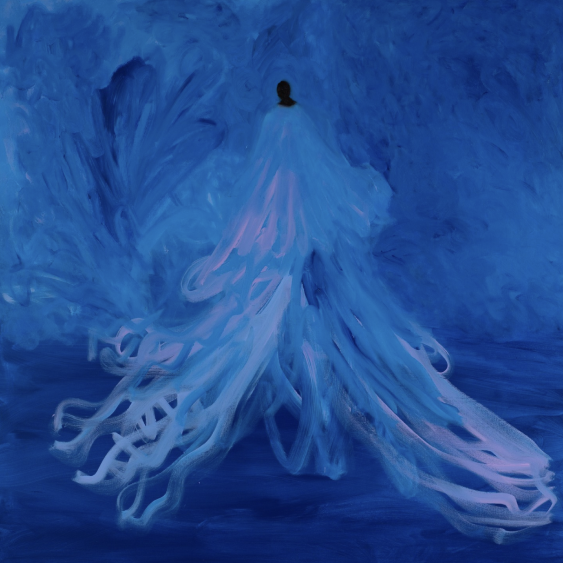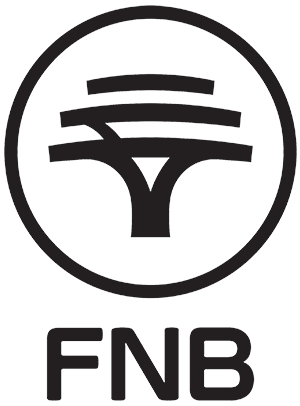Re:View
Giving the invisible a boundless body
with donna Kukama
Share
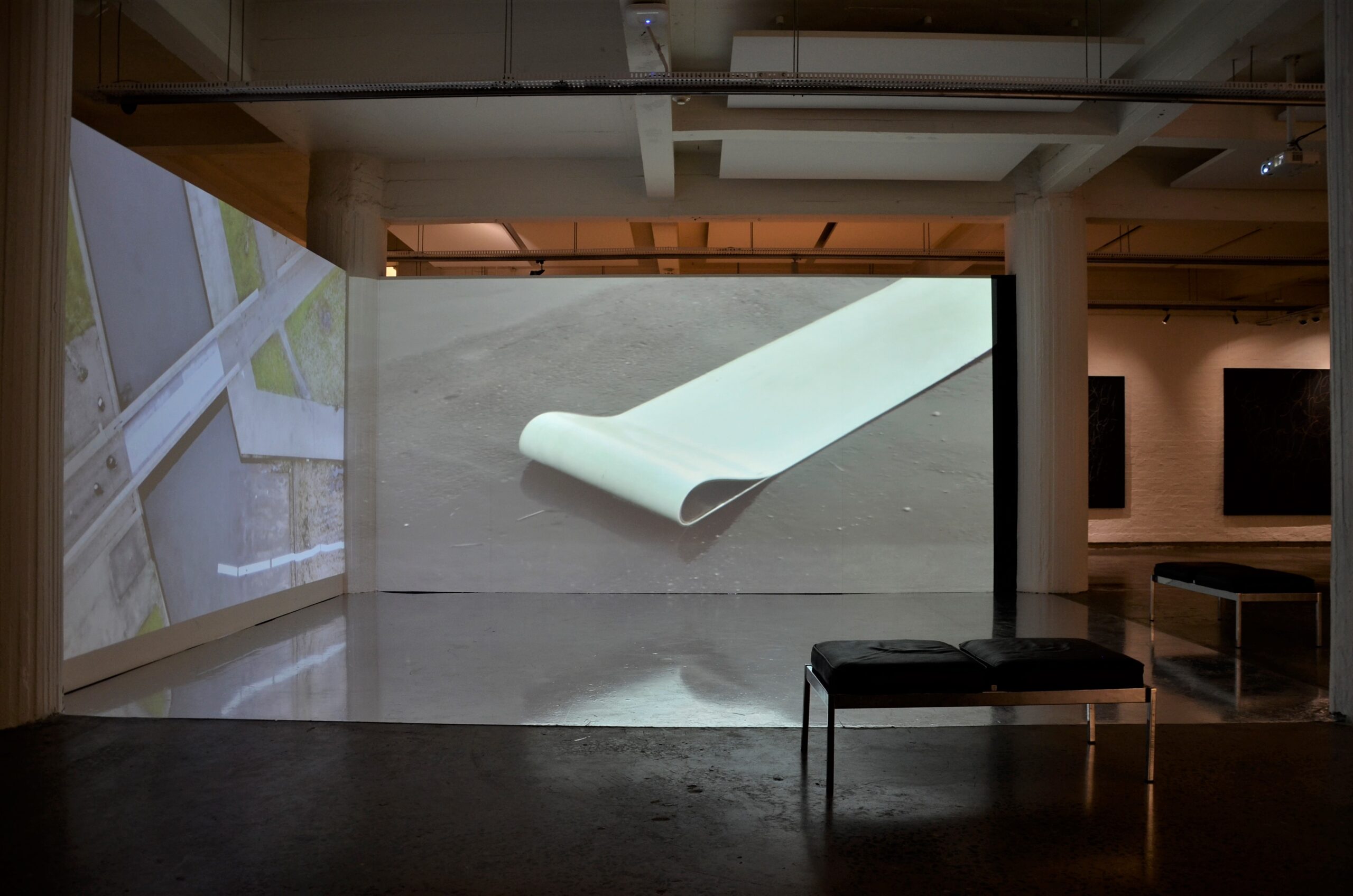
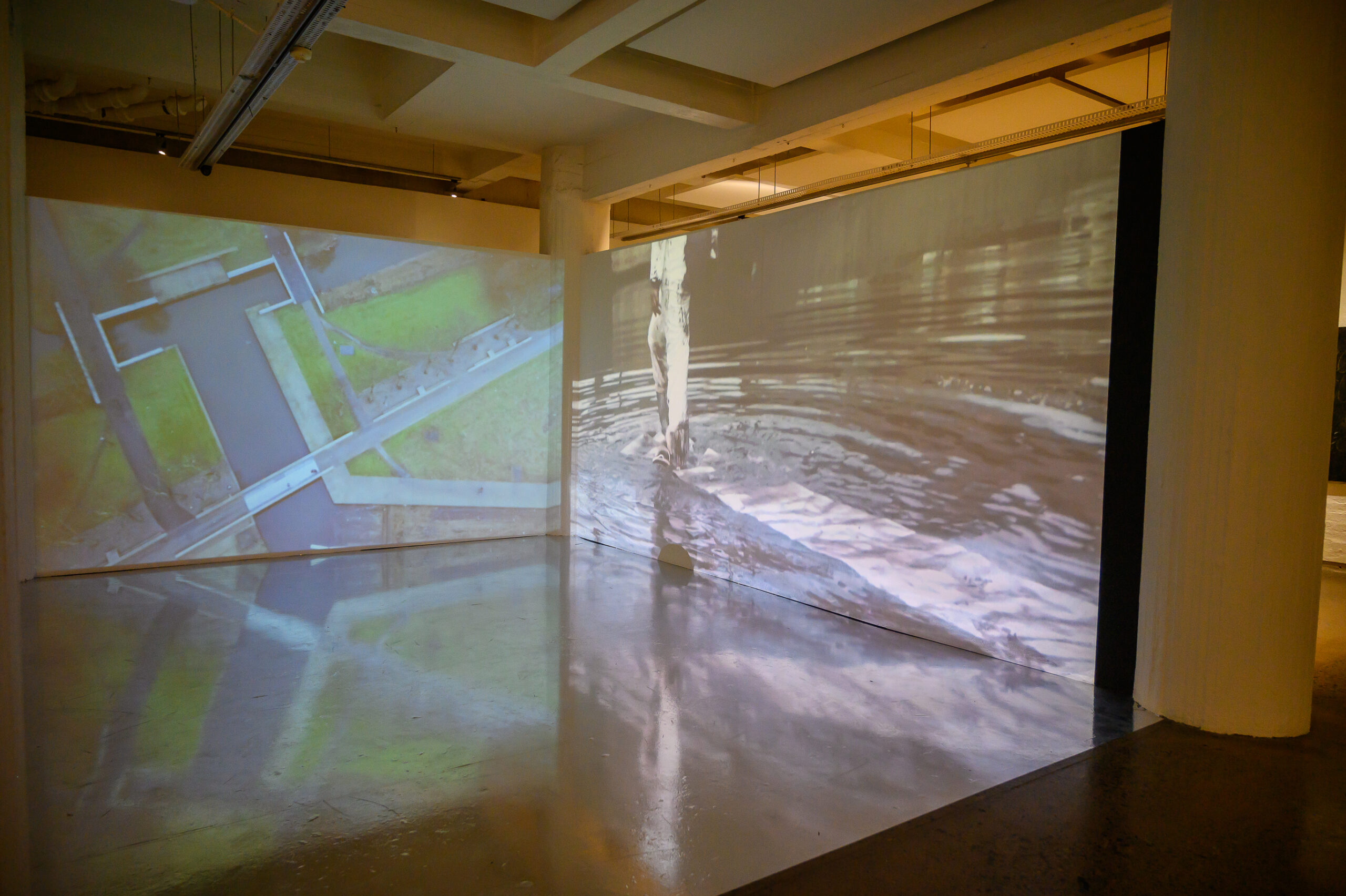
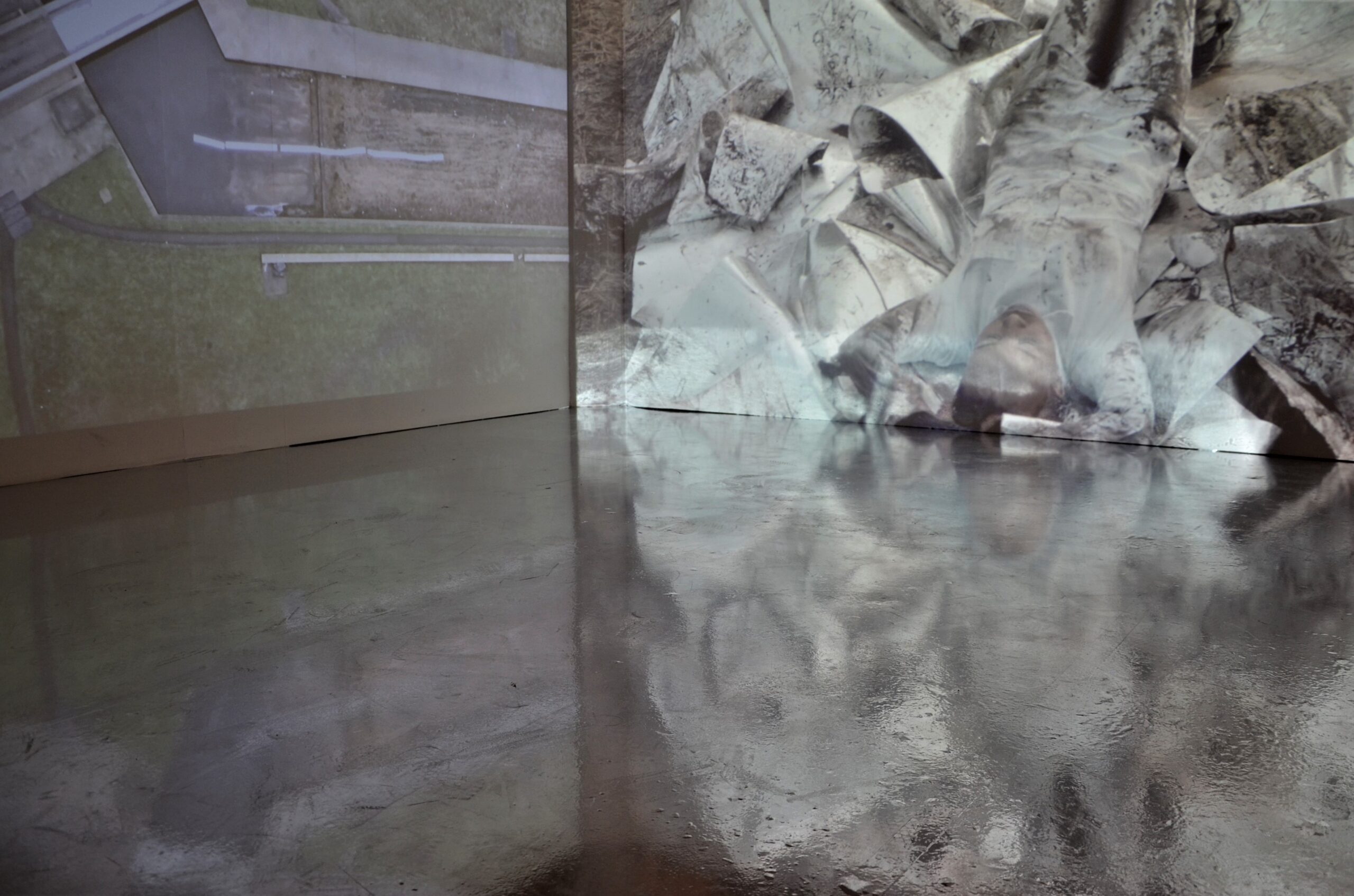
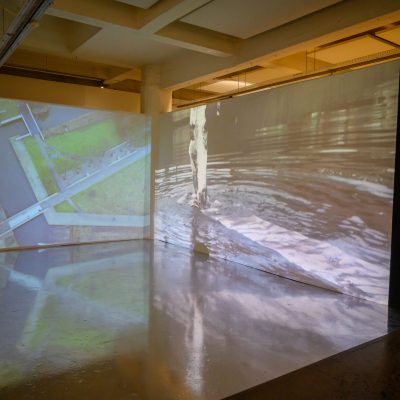
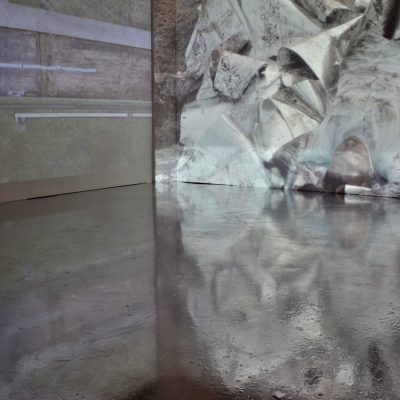
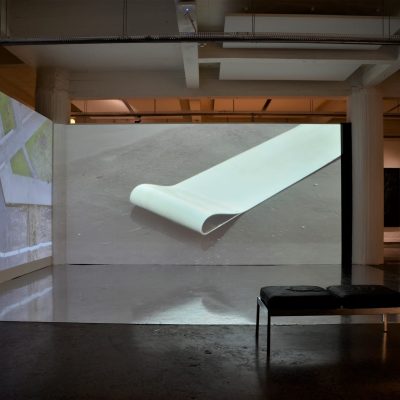
Active for nineteen years, donna Kukama’s practice critiques public narratives of history and traditional modes of storytelling. A solo exhibition by Kukama, Ways-Of-Remembering-Existing at Wits Art Museum details the span and reach of her research. Featured in this week’s Re:View as the show draws to a close, we assess her use of performance as a material.
Black acrylic, faithlessness, graphite, solid truth and liquid chalk. Pastel, acrylic, oil stick, grief and gouache on canvas. Blood, sweat and soil. Graphite, oil pastel, acrylic and pride on canvas. Lies, rhythm, rumours, humming, erasure, revolutions, spells and Black anger. Much like experiences, living as stored feelings, not all donna Kukama materials can be seen. They can, however, be witnessed.
Some years ago, donna Kukama spoke to the Mail & Guardian about the personal significance of having a practice that centres performance. During the interview, Kukama explained:, “I have presented performances in galleries and museums but it is more what is being shown – or what those spaces limit people to – that throws me out of the equation and then I find ways of entry. And I find ways of existing in those spaces.”
An interdisciplinary artist, Kukama’s work spans performance, video, text, sound and installation. Early references include Tracey Rose, Steven Cohen, Samson Mudzunga and Brenda Fassie. Undisciplined and vulnerable in practice, Kukama uses her body and surroundings to play, trace and interrogate histories, value systems, their naturalised records and how they are constructed.
Known for her action-based prodding and investigative practice, the Ways-of-Remembering-Existing exhibition platforms Kukama’s research process. Take Kukama’s proposal for a history book for those who absolutely need to be remembered. Without taking on a physical form, a history book was conceptualised to question and rethink South African memorials, monuments and commemorations; a book plays out as an ongoing series of performances. As open-ended material, performance offered Kukama the boundlessness necessary for the investigation.
The footnotes of both public and private performances, the tangible parts of Kukama’s practice, spanning canvas-based works and video recordings, detail her process. Abstract, Kukama’s records point to the often biased, personal nature of remembering.
Active participants in our everyday, materials and objects are charged with information that often delivers cues that help to affirm and fortify inequities. Fighting fire with fire, the task of making and presenting subversive emotive work, the way artists like Kukama do, is one of urgence.
Subscribe
Subscribe
For exclusive news, tickets and invites delivered every week
